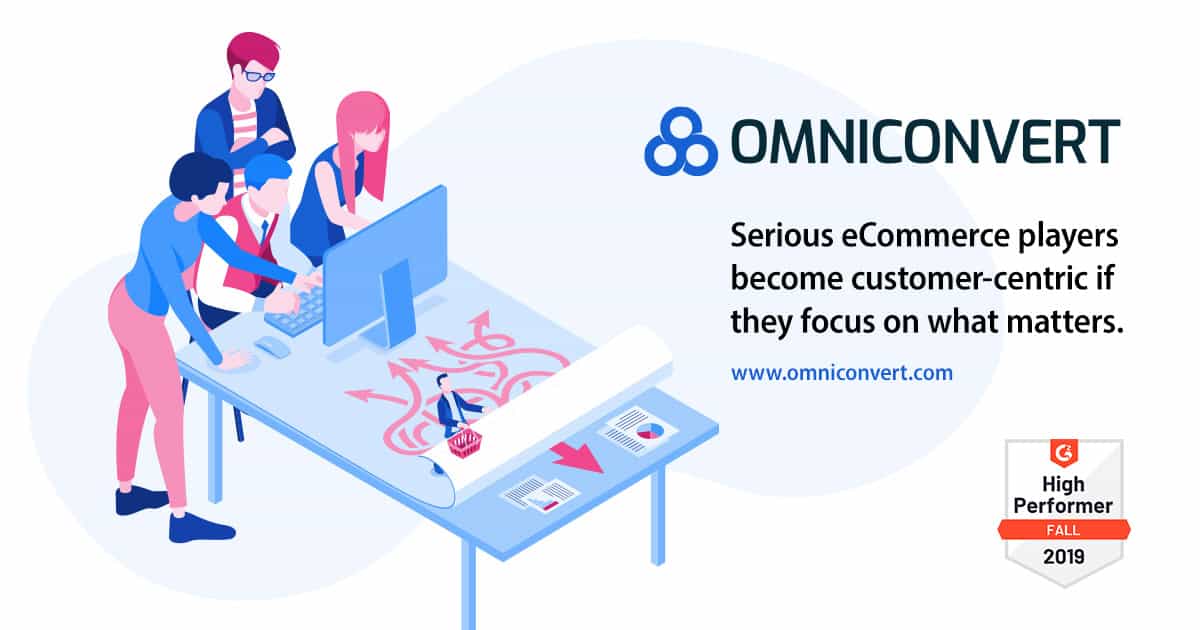Search Bar Optimization: You Need It Even If You Don't Know It Yet
Discover how an optimized search experience can dramatically increase conversions and revenue for your Shopify store


In the competitive world of e-commerce, every element of your online store plays a crucial role in converting visitors into customers. While most merchants focus on optimizing product pages, checkout processes, and marketing campaigns, there's one powerful yet often overlooked tool that can dramatically impact your conversion rates: your search bar. This comprehensive guide explores why search bar optimization is essential for your Shopify store's success—even if you don't realize it yet.
Why Search Bar Optimization Matters
When visitors come to your online store, they typically follow one of two shopping behaviors: browsing or searching. While browsing customers might explore your carefully curated collections and categories, searching customers know exactly what they want—and they want to find it fast.
Research consistently shows that search users are significantly more likely to convert than browsers. According to industry data, visitors who use search are up to 5-6 times more likely to convert than those who only browse. Why? Because search indicates high purchase intent—these shoppers are actively looking for specific products they want to buy.
Despite this powerful correlation between search and conversion, many Shopify store owners underestimate the importance of their search functionality. The default Shopify search, while functional, lacks many advanced features that can significantly enhance the user experience and drive conversions.
Search isn't just a feature—it's a conversion tool. Shoppers who use search have already told you exactly what they want to buy. Your job is simply to help them find it as quickly as possible.
The Hidden Cost of Poor Search Functionality
Suboptimal search functionality doesn't just represent a missed opportunity—it actively costs your business in terms of lost sales and frustrated customers. Here are the most common search issues that plague e-commerce stores:
1. Zero Results Pages
Perhaps the most damaging search experience is the dreaded "No results found" page. When customers search for products using synonyms, misspellings, or slightly different terminology than what's in your product descriptions, they often hit this conversion dead-end.
For example, a customer searching for "waterproof jacket" might get zero results if your products are tagged as "rain jacket" or "water-resistant coat." Each zero-result search represents a potential customer who's actively trying to give you money but can't find what they're looking for—even if you actually carry the product they want.
2. Irrelevant Results
Almost as problematic as no results are irrelevant results. Basic search engines often return products that technically match the search query but aren't what the customer is looking for. This forces shoppers to wade through pages of irrelevant items, creating friction in their journey and increasing the likelihood they'll abandon your store.
3. Inability to Handle Common Search Behaviors
Shoppers search in diverse ways—using partial product names, descriptions, SKUs, or even by attributes like color or size. Basic search functionality often fails to accommodate these natural search behaviors, creating a frustrating experience for customers who know exactly what they want but can't seem to find it.
4. Lost Analytics and Insights
Beyond the immediate conversion impact, basic search functionality typically doesn't provide merchants with valuable search analytics. Without knowing what customers are searching for, how often they're searching, and whether those searches are successful, you're missing critical data that could inform your inventory decisions, marketing strategies, and overall business growth.
High bounce rate from search results pages
Customers searching for products you know you carry but getting zero results
Low conversion rate for search users compared to industry benchmarks
Frequent site searches followed by immediate exits
Customer service inquiries about products that are actually in your inventory
Limited or no search analytics available
Inability to merchandise or promote products in search results
Key Elements of an Optimized Search Experience
An optimized search experience goes far beyond simply returning results that match a query. It should be an intelligent, conversion-focused tool that actively helps customers find exactly what they're looking for—and even suggests products they might not have considered. Here are the essential elements of a truly optimized search experience:
1. Intelligent Typo Tolerance
Customers make typos, especially on mobile devices. An optimized search should understand that "snekers" means "sneakers" and "waterbottle" means "water bottle." This typo tolerance ensures that simple mistakes don't result in zero-results pages and lost sales.
2. Synonym Recognition
Different customers use different terminology for the same products. Some might search for "couch" while others look for "sofa." Some might type "t-shirt" while others search for "tee." An optimized search understands these synonyms and returns relevant results regardless of the specific terminology used.
3. Predictive Search & Autocomplete
As customers begin typing, an optimized search should suggest relevant products, collections, and search terms. This not only speeds up the search process but also helps guide customers toward products they might not have known you carry.
4. Visual Search Results
Text-only search results are a thing of the past. Modern search experiences should display product images, prices, availability, and key details directly in the search dropdown or results page, allowing customers to quickly identify the products that match their needs.
How Searchanise Transforms Your Shopify Store's Search
Searchanise is a powerful search app for Shopify that addresses all the key elements of search optimization while providing additional features designed specifically to increase conversions. Here's how Searchanise transforms the search experience on your Shopify store:
Instant, As-You-Type Search Results
Searchanise displays product results the moment customers start typing, with visual previews that include images, prices, and availability.
Smart Typo Correction
Advanced algorithms understand and correct misspellings, ensuring customers find what they're looking for even when they make typing errors.
Comprehensive Synonym Management
Searchanise automatically recognizes common synonyms and allows you to add custom synonym pairs specific to your product catalog.
Powerful Merchandising Tools
Promote specific products, boost seasonal items, or highlight high-margin products directly in search results.
Detailed Search Analytics
Gain insights into what customers are searching for, which searches lead to purchases, and which searches return zero results.
Beyond these core features, Searchanise offers several unique capabilities that further enhance the search experience and drive conversions:
1. Smart Navigation
Searchanise doesn't just improve your search bar—it enhances your entire site navigation. The Smart Navigation feature transforms category pages with advanced filtering options, allowing customers to narrow down products by multiple attributes simultaneously.
2. Personalized Search Results
Searchanise can personalize search results based on customer behavior, showing more relevant products based on previous interactions with your store. This personalization creates a more engaging shopping experience that increases the likelihood of conversion.
Searchanise in Action: Transforming Shopify Store Search
Measuring the Impact of Search Optimization
Implementing an advanced search solution like Searchanise isn't just about improving user experience—it's about driving measurable business results. Here are the key metrics to track when evaluating the impact of search optimization:
1. Search Conversion Rate
The percentage of customers who make a purchase after using search. This is typically 3-5 times higher than the overall site conversion rate for stores with optimized search.
2. Search Exit Rate
The percentage of customers who leave your site immediately after viewing search results. A high exit rate often indicates irrelevant or poor-quality search results.
3. Zero-Results Rate
The percentage of searches that return no results. With an optimized search solution, this number should be very low (ideally below 5%).
Implementation Best Practices
Implementing a search optimization solution like Searchanise is straightforward, but following these best practices will help you maximize its impact:
- 1
Install the Searchanise App
Begin by installing the Searchanise app from the Shopify App Store or through our affiliate link: https://searchanise.io/affiliate-program/get/?fpr=adam-saya54
- 2
Allow Initial Indexing
Searchanise will automatically index your product catalog. For larger stores, this may take a few hours to complete.
- 3
Configure Search Settings
Customize the appearance of your search results, adjust relevance settings, and configure which product attributes are searchable.
- 4
Set Up Merchandising Rules
Create rules to boost certain products, promote seasonal items, or highlight high-margin products in relevant search results.
- 5
Add Custom Synonyms
While Searchanise includes common synonyms automatically, add industry-specific or unique synonyms relevant to your product catalog.
- 6
Monitor and Optimize
Regularly review your search analytics to identify opportunities for further optimization, such as adding new synonyms or adjusting merchandising rules.
Real-World Success Stories
The impact of search optimization isn't theoretical—it's proven by real-world results from merchants who have implemented advanced search solutions like Searchanise:
After implementing Searchanise, our search conversion rate increased by 25%, and the percentage of revenue coming from search users jumped from 15% to 32%. The ROI was almost immediate.
We were shocked to discover that customers were searching for products we actually carried but weren't finding them due to terminology differences. Searchanise's synonym management solved this problem completely.
Conclusion: Search Optimization Is No Longer Optional
In today's competitive e-commerce landscape, an optimized search experience isn't just a nice-to-have feature—it's a critical conversion tool that directly impacts your bottom line. Search users represent your highest-intent customers, and providing them with a seamless, intuitive search experience is one of the most effective ways to increase your conversion rates and revenue.
The default Shopify search functionality, while adequate for very small stores, simply doesn't provide the advanced features needed to maximize conversions in a competitive market. Solutions like Searchanise bridge this gap, offering sophisticated search capabilities that help customers find exactly what they're looking for while providing merchants with valuable insights and merchandising opportunities.
If you haven't optimized your store's search experience yet, you're likely leaving significant revenue on the table—even if you don't realize it. The good news is that implementing a solution like Searchanise is straightforward, with minimal technical requirements and a rapid return on investment.
Ready to Transform Your Shopify Store's Search Experience?
Discover how Searchanise can help you increase conversions, reduce zero-results searches, and gain valuable insights into customer behavior.

Sarah Johnson
E-commerce Conversion Specialist
Sarah has over 10 years of experience in e-commerce optimization, specializing in helping Shopify stores improve their conversion rates through data-driven strategies. She's passionate about finding overlooked opportunities for growth.
Related Articles
Smart Discount Code Strategies for Shopify
Learn how to create effective discount strategies that drive sales without sacrificing profits.
Top 5 Video Commerce Apps for Shopify
Discover the best video commerce apps to enhance your Shopify store's product pages.
AI-Powered SEO & Meta Tags for Shopify
Discover how AI-powered SEO tools can transform your Shopify store's visibility.